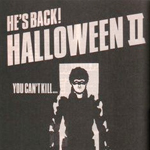 Two years ago, but it seems closer to ten, a nice deputy editor for a new publication approached me to write a piece. He had been reading me forever and was working for this company with a bunch of money invested in it, could pay pretty well and expose me to some new readers not only on the web but a print magazine he compared to Rolling Stone. I said yes and we were going back and forth about what my first piece should be, and then my mom died.
Two years ago, but it seems closer to ten, a nice deputy editor for a new publication approached me to write a piece. He had been reading me forever and was working for this company with a bunch of money invested in it, could pay pretty well and expose me to some new readers not only on the web but a print magazine he compared to Rolling Stone. I said yes and we were going back and forth about what my first piece should be, and then my mom died.
Freelance gigs are usually a little stressful and all-consuming for me, but for some reason I still wanted to do it. Looking back at my emails, I was literally trying to schedule around the days off I had other than the one for the funeral. I agreed to write about the Halloween series, in conjunction with the upcoming David Gordon Green sequel. I watched all ten existing movies (including remakes) and came up with this piece that ties them all together thematically, in places addressing the grief and fears I was dealing with at the time. I took longer than I was supposed to and ended up with twice the agreed upon word count and I was so unsure anybody else would be interested that in my email I said, “If you don’t want it I understand, just let me know and I’ll use it on outlawvern.com and we’ll come up with something else for me to work on for you.”
Then the magazine (you will never see this coming) ran out of money, all the editors resigned, I don’t believe I ever got paid and the article could only be seen on the Wayback Machine. But I got no regrets because working on this helped me in a tough period of my life and gave me a better understanding of my relationship with the genre. So I’m proud to repost it here.
(I’ve kept their edits, so you’ll notice some British spellings in here.)
THE SHAPE OF EVIL: Confronting darkness through the ‘Halloween’ series
26 October 2018 08:59
John Carpenter’s Halloween (1978) was, in its time, the most successful independent movie ever made, and its influence still echoes through cinema four decades later. It cemented many of the hallmarks of the slasher subgenre: unstoppable masked killers, murder sprees tied to holidays, a troubling connection between sexual activity and death. And it became one of the most enduring brands in horror history, spawning a series of eight sequels so far (including a new one this month), undeterred even by a 2007 remake that had its own sequel.
Some may wonder why, in these dark times of mass shootings, human rights abuses, corrupt regimes, collapsing institutions and impending environmental catastrophe, anyone would want to watch ten movies about an escaped mental patient stabbing people to death. Personally, I found catharsis in revisiting them all this month while grieving over the loss of my parents to long, cruel illnesses. If you look at the series as a mass-market treatise on humankind’s struggles against death and evil you can focus less on the horror of being stabbed and more on the possibility of getting away.
In the opening scene of Halloween, as well as the closing of part four and other moments throughout the series, our viewpoint is from behind the mask of the killer. Lesser Halloween sequels, particularly the sixth and eighth entries, try to further implicate us in the evil by creating victims who ‘deserve it’ in cinematic terms – an abusive husband, an obnoxious shock jock. But, for the majority of the series, we identify with Laurie Strode (Jamie Lee Curtis) and the other protagonists who follow her, rooting for them so we can survive by proxy. We watch the masked killer Michael Myers in movies to face our worst fears in a forum where they can never get us, can never truly win.
Being a fan of more than one Halloween movie is more complicated than it may sound. It requires canonical decisions, like some Video Age equivalent of ancient scriptures. It would be easy to recognise only the original Carpenter productions, Halloween and Halloween II (1981), with or without the narratively unrelated Halloween III: Season of the Witch (Tommy Lee Wallace, 1982). Some fans who came up in the Eighties may also acknowledge Halloween 4: The Return of Michael Myers (Dwight H. Little, 1988) and Halloween 5: the Revenge of Michael Myers (Dominique Othenin-Girard, 1989), but the cliffhanger of 5 demands the resolution of Halloween: The Curse of Michael Myers (Joe Chappelle, 1995), which many reject due to its out-of-left-field retconning in of a cult that has been controlling Michael since the beginning. Even those who accept that twist have to decide between the theatrical version and the drastically different ‘Producer’s Cut’, once a semi-legendary bootleg, now an official release.
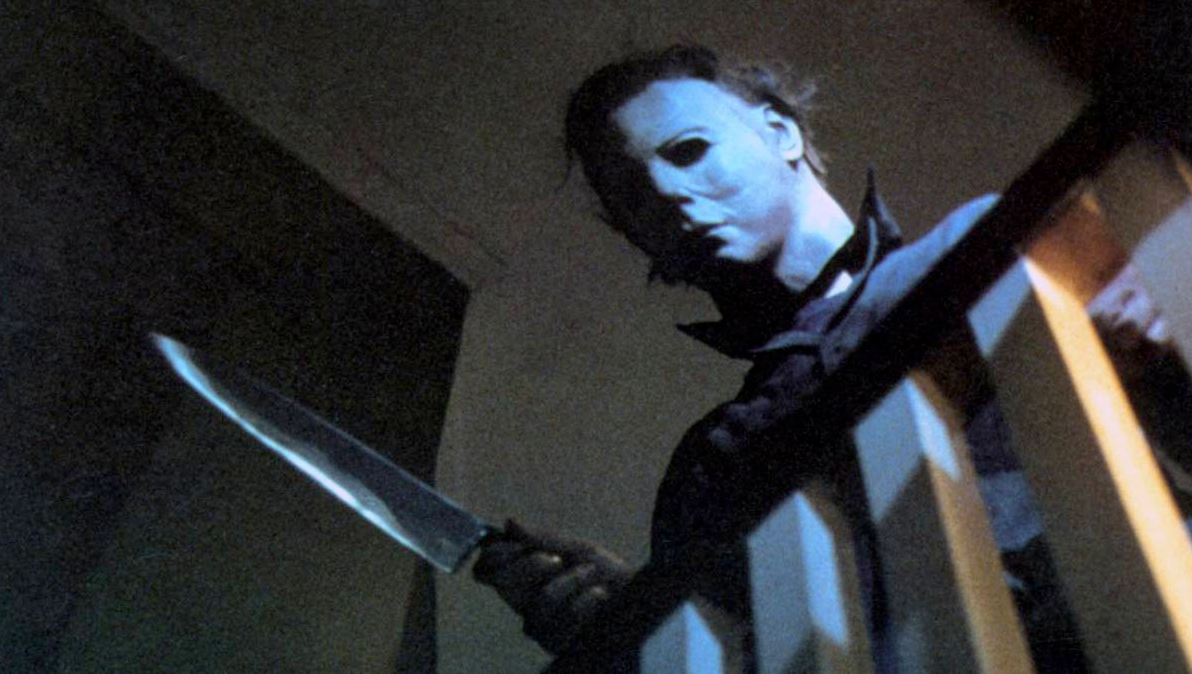
‘Halloween’ (John Carpenter, 1978)
To enjoy them all you have to accept multiple realities, because the timeline expands and contracts like an accordion. Halloween H20: 20 Years Later (Steve Miner, 1998) erases everything after II. Laurie faked her death and went into hiding, which could explain her absence in 4-6, except that now she doesn’t have a daughter named Jamie (Danielle Harris). Personally, I like the H20 continuity as long as I can disavow Halloween Resurrection (Rick Rosenthal, 2002), which turns the ending of H20 on its head so that Michael survives and Laurie doesn’t, like some shocking cinematic Supreme Court ruling.
And now David Gordon Green’s Halloween (2018), a sequel, not remake, of John Carpenter’s movie of the same title, will tell us that there is only John Carpenter’s Halloween. It even erases II – which continued on the same night and was written, scored and reshot by Carpenter – so Laurie and Michael are no longer siblings. (Which means the TV version of the first film is also out.) Like Michael’s body at the end of the first film, all those sequels were there just a second ago, and now they’re gone. They could be anywhere, or everywhere.
But through all its repetitions and resets, the series keeps performing the same ritual: hiding a pure, unknowable malevolence behind a rubber human face and sending it into our civilisation to see if we can survive its wrath. In all but one of these films, that force of evil is Michael Myers, who at the age of six put on a clown mask, stabbed his sister Judith just moments before their parents got home, and never spoke again. Since Michael saw Judith fooling around with her boyfriend before the murder, people often interpret some sort of prudish anti-sex judgment behind his actions, something that became a cliché in the wave of slasher movies that followed in Halloween’s wake. But I think we only assign an explanation like that to protect ourselves from our fear of the inexplicable.
There is no cause or motive. Even by the eighth film, so little is known about Michael that the producers of a live webcast from his house have to plant fake props to imply ‘something that might explain why Michael Myers went bad’. After his first murder, the kid and his parents look equally dumbfounded. They have no idea why it happened.
So grown up Michael Myers and his mask represent the unknowable and the incomprehensible. To keep him extra-mysterious, his head stays out of frame while he stalks the neighbourhood during the day; even though, with close examination, you can see enough to tell that he’s wearing the mask.
It’s worth noting that we actually can glimpse his face when he’s stealing the car at the beginning of the first film and can see it clearly when Laurie pulls off his mask at the end. His expressions reveal so little emotion or intelligence that it’s easy to forget those shots and think of the mask as his true face. He’s as much an automaton as the zombie-like gangsters in Carpenter’s earlier Assault on Precinct 13 (1976).
His psychiatrist of 15 years, Dr. Samuel Loomis (Donald Pleasence), gave up on Michael’s humanity in 1972 and considers him a personification of evil, as in, ‘He’s gone, he’s gone from here. The evil is gone!’ He says that ‘what was living behind that boy’s eyes was purely and simply evil.’ He refers to him as ‘it’, instead of him. He tells the sheriff that ‘Death has come to your little town.’ None of this seems like an appropriate way for a doctor to talk about a patient, but it belies Loomis’s diagnosis that this man in the mask is no longer whoever (or whatever) Michael Myers was before he snapped and killed his sister.
Tommy Doyle, the kid whom Laurie is babysitting, calls Michael ‘the boogeyman’, a description that Laurie eventually adopts. Not even the end credits consider him to be a person anymore – they call him ‘The Shape’ (a tradition repeated in 2, 6, H20 and the 2018 sequel). And though 4 and 5 are chapters that credit him with his human name, 4 has a preacher who tells us that ‘Apocalypse, end of the world, Armageddon – it’s always got a face and a name… you can’t kill damnation, mister. It don’t die like a man dies.’ And 5 emphasises Michael’s Death status by having him wield a scythe like the grim reaper. He finds it in a barn, and uses it to kill a more watered-down personification of evil: a partygoer in a sexy devil costume, armed with a legitimate farmer’s pitchfork.
There’s a popular notion – fuelled by the theories of Randy in Scream (Wes Craven, 1996), themselves inspired by the ‘Final Girl’ concept in Carol J. Clover’s book Men, Women and Chainsaws: Gender in the Modern Horror Film – that Laurie survives because she’s a virgin or a goody two-shoes. The latter is disprovable: Laurie shares two joints with Annie in the car. But I don’t see it as Laurie being rewarded for her good qualities. I see it as her having to go through all this because she’s the one that always has to deal with this shit while other people are out screwing around. That’s her personality and her lot in life. She runs errands for her dad’s real estate business, babysits to save up money, and takes care of Lindsey so that Annie can have fun with her boyfriend. Twenty years later, she’s the headmaster taking care of the rich people’s kids, and even then she stays behind and gets attacked by The Shape while most of the school has fun on a field trip.
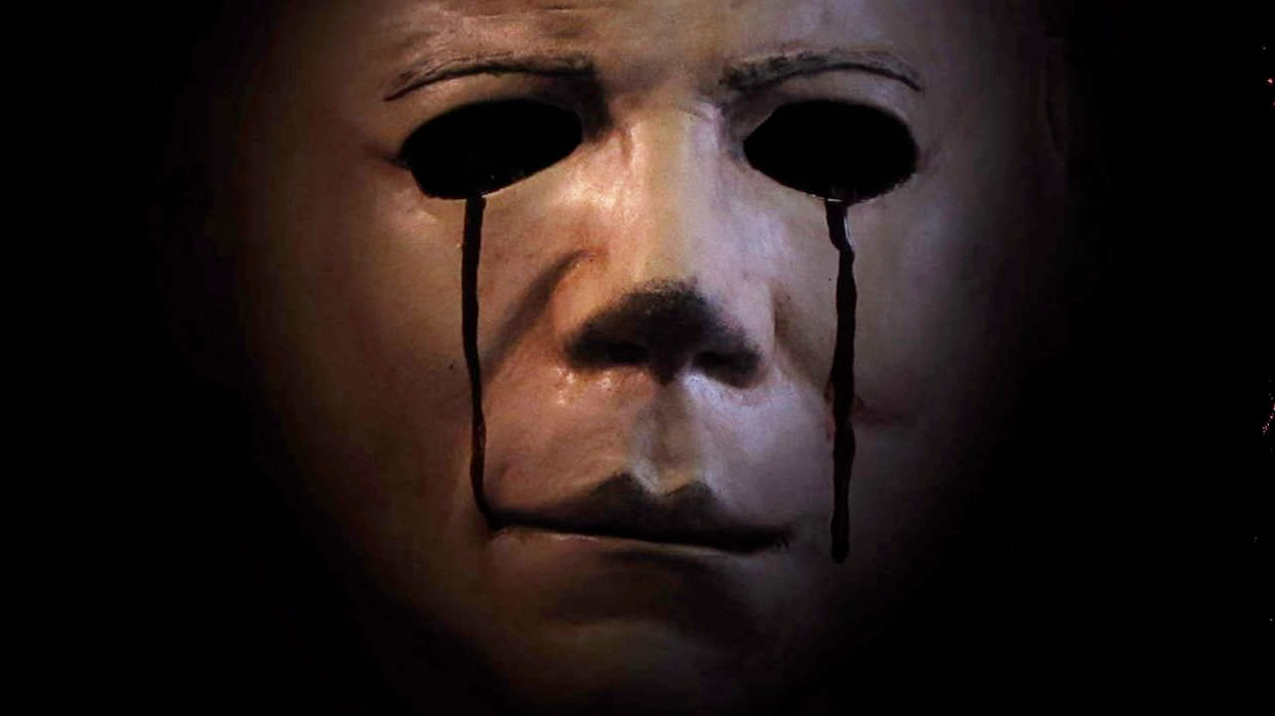
‘Halloween II’ (Rick Rosenthal, 1981)
A working title for Halloween was The Babysitter Murders, and though shifting the emphasis to the holiday setting was an ingenious hook, giving the heroine this societal role was also crucial. It’s this strange stage of growing-up where she’s not treated as an adult, yet trusted with the sacred task of protecting someone else’s children.
Dr. Loomis held a related role – to understand young Michael and help him heal – but he has long since failed. Now his mission is just to tell everybody: Hey, this guy is evil, there was nothing I could do, now it’s your fault for not listening. His superiors pass the buck as well, declaring ‘I’m not responsible, Sam!’ Loomis wears a trench coat and carries a pistol, a self-styled warrior, a ‘good guy with a gun,’ our society’s prescription for murderers, terrorists, and other evils we don’t know how to understand. Not until part five, when he spends time with Jamie in a hospital, does he act like a child psychiatrist again. And he ends up yelling at her and being rightfully reprimanded by a nurse.
In her status as a deputised adult, Laurie tries to console Tommy by telling him that there’s no such thing as a boogeyman. But after having been attacked, having shepherded the children to safety, and been rescued by Loomis, she breaks down and she and the doctor agree that that was the boogeyman that just came after her. The Shape has destroyed the comfort of her worldview. It is an evil that undermines belief in objective truth.
When Halloween’s story continues in II, Laurie’s lacerations seem superficial, but she’s in such shock that they have to carry her out of the house on a stretcher, and she finds herself bed-ridden at Haddonfield Memorial. She has lost all agency, unable to even stop them from giving her a shot. The babysitter, having fulfilled her duty and returned her charges safely to their rightful guardians, now has no choice but to hand herself over to society’s official healers and protectors.
But they are fallible. Sherriff Brackett (Charles Cyphers) wasn’t there to protect his own daughter, and has to end his shift to mourn. Some of the hospital staff are fucking around and don’t have their eye on the ball. The security guard is killed by the Shape, and a nurse who hasn’t been trained to use the walkie-talkie misses his message to call for help. Even safety regulations fail them – there is no way the sauna should be able to get to a temperature that’s actually labelled ‘scalding’ on the meter! The Shape repurposes that and other medical equipment (syringes, IVs) for killing, the opposite of their intended use. The Shape stalks his victims from where life begins, the maternity ward, across the medical facilities where we fight off death.
The turning point comes when Laurie realises that she can’t count on the protection of society and must make a run for it. Loomis does protect her (by heroically blowing himself up with The Shape), and only after disobeying direct orders from the governor.
Though III is the only Shape-less chapter – producer Carpenter’s once infamous, now generally appreciated attempt at an anthology series – its themes have much in common with II. Once again, the story begins with a victim taking refuge at a hospital, but this one is murdered by a killer who, rather than being burned up by Dr. Loomis, goes ahead and sets himself on fire. In the tradition of Loomis, Dr. Challis (Tom Atkins) is an MD who, upon witnessing bizarre happenings, abandons his role as a healer to become some sort of undercover vigilante detective.
But it’s not always wise to take justice into your own hands. In 4, the old-timers at a bar form a posse and end up shooting an innocent man. And guns can’t really stop The Shape anyway. The sheriff later gives one to his daughter’s dumb boyfriend, but The Shape pulls it out of his hands and impales him with it.
One admirable citizen is part three’s Good Samaritan gas station attendant (Essex Smith), who brings an injured man to the hospital. In one of the series’ very few hints of racial tension, the poor man is convinced that he will be blamed, but fulfills his duty anyway. He’s setting a good example for Laurie’s neighbours in the first film, who, when she comes screaming for help at their door, just turn the lights off. (To be fair, the neighbours who try to help Loomis’s nurse Marion in H20 end up getting killed.)
In the original Celtic tradition, 1 November was the beginning of winter, and the night before – marked by the festival of Samhain – was when the barriers between the living and the dead were thinnest. You’d wear a mask to protect yourself from the spirits of the dead by causing them to confuse you for one of their own.
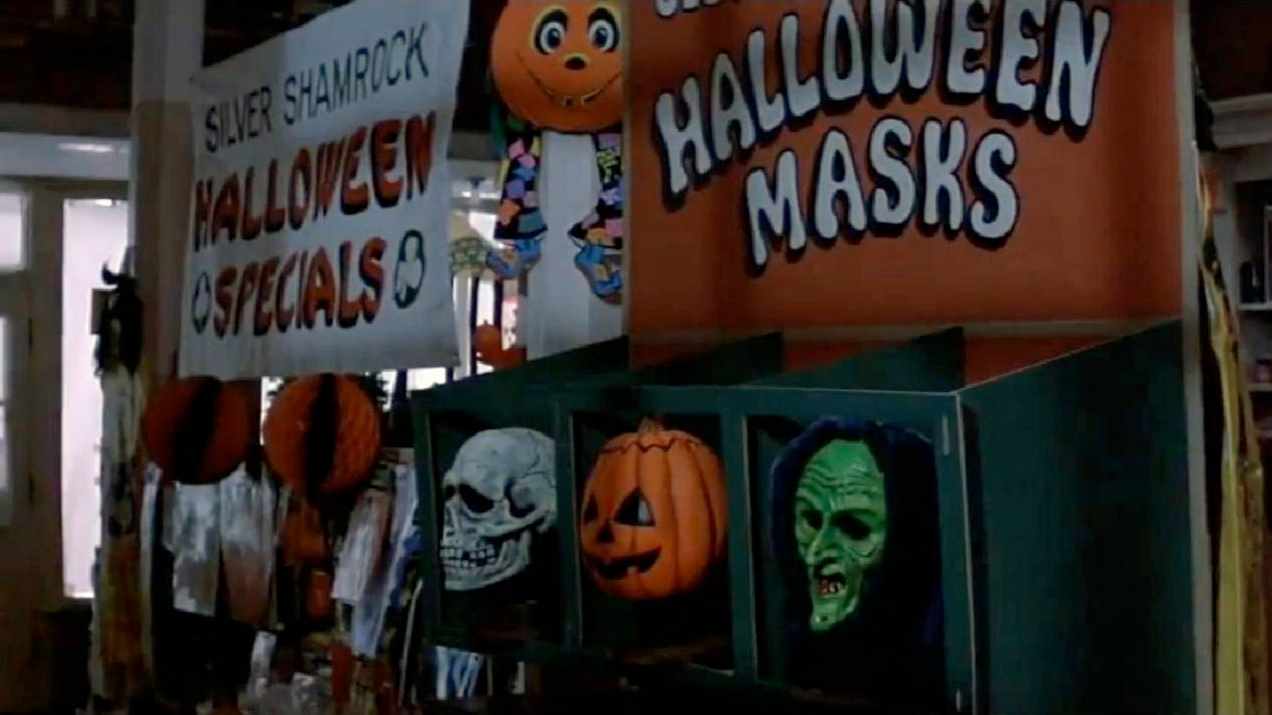
‘Halloween III: Season of the Witch’ (Tommy Lee Wallace, 1983)
In a sense, The Shape reverses that concept. He is Death, but wearing a mask allows him to blend in with other holiday revellers. In both 5 and Resurrection he’s mistaken for pranksters disguised as him. Conversely, other people’s similar masks cause them to be mistaken for The Shape – in II, Ben Tramer is run over and set on fire in a case of mistaken identity. In 5, Spitz pranks the police and his girlfriend with a mask.
If you think bringing Druids into this is a stretch, talk to Loomis, who brings up Samhain and fire rituals in II. Or talk to parts three and six, which both bring religion into the equation through contemporary cults building from ancient Celtic beliefs.
In 6 we learn that, all along, Michael had been chosen by the regressive Druidic Thorn Cult to ritually sacrifice his next of kin on Samhain, when a certain constellation is visible. In the opening they have Jamie on a gurney, she’s about to give birth, and, as they roll her through hallways, the hospital decor gives way to torches and stone walls – they plan to take her baby for either a sacrifice or a recruit. In other words, they’re violating Jamie’s reproductive freedom, forcing their religion on her body. Rites before rights.
In III – a story about deadly Halloween masks – cultists are forcing their backwards beliefs on us through capitalism. In this sense, the cult works less as a metaphor for religious zealotry than for the differing needs of a corporation and the community that surrounds it.
Santa Mira, California is a company town, home of Silver Shamrock Novelty, the proto-Silicon Valley behemoth creating a high tech, mass-produced product that is heavily advertised to and coveted by children all across the country. The opening scene victim is basically a whistleblower, killed for trying to warn the world of their plans. Their CEO Mr. Cochrane has enough clout to spirit a woman maimed by one of their products to their ‘most marvelous facility for emergency treatment’.
That treatment literally turns workers into automatons – biomechanical drones filled with clockwork and slime, willing to kill whistleblowers for the boss and very professionally self-immolate when the job is done. It’s unlikely that they unionise, or need vacation time or bonuses. The ideal employee.
This is the trouble with allowing corporations to become too powerful – they pretend like they share the values of the community, but often they don’t. In this case, they follow ancient Celtic occultism and are creating masks equipped with special chips that, when activated by a special Halloween TV broadcast, will cause their wearers to melt into piles of goo and bugs and snakes. Which there should be regulations against, but the FCC is so compromised these days.
I have family in broadcasting, and recently toured a building housing several different radio stations. It was the weekend and all the studios were dark, their shows playing from monitors and lights dancing up and down on the boards, but we didn’t see a single other person in the building, not even a janitor. I bring this up because of the climactic scene in which Dr. Challis calls the TV stations from a pay phone, begging them not to play the deadly broadcast. I always thought it was ludicrous that he manages to get two stations shut off that way. But if it happened now, obviously, there wouldn’t even be that slim chance. No-one would be there to answer the phone. Maybe you’d have to @ them on Twitter.
In Resurrection it’s a start-up that tries to profit from evil, a webcam feed called Dangertainment that hypes up a live broadcast from the Myers house, where most of the participants are murdered while home viewers laugh and cheer, thinking it’s fake. And in the sequel to the remake it’s Dr. Loomis (Malcolm McDowell) who profiteers, cashing in on his psychiatric failure in order to sell books and speaking engagements. His crassness is criticised by the father of Laurie’s murdered friend Lisa, by Sheriff Brackett, and even by his own publicist.
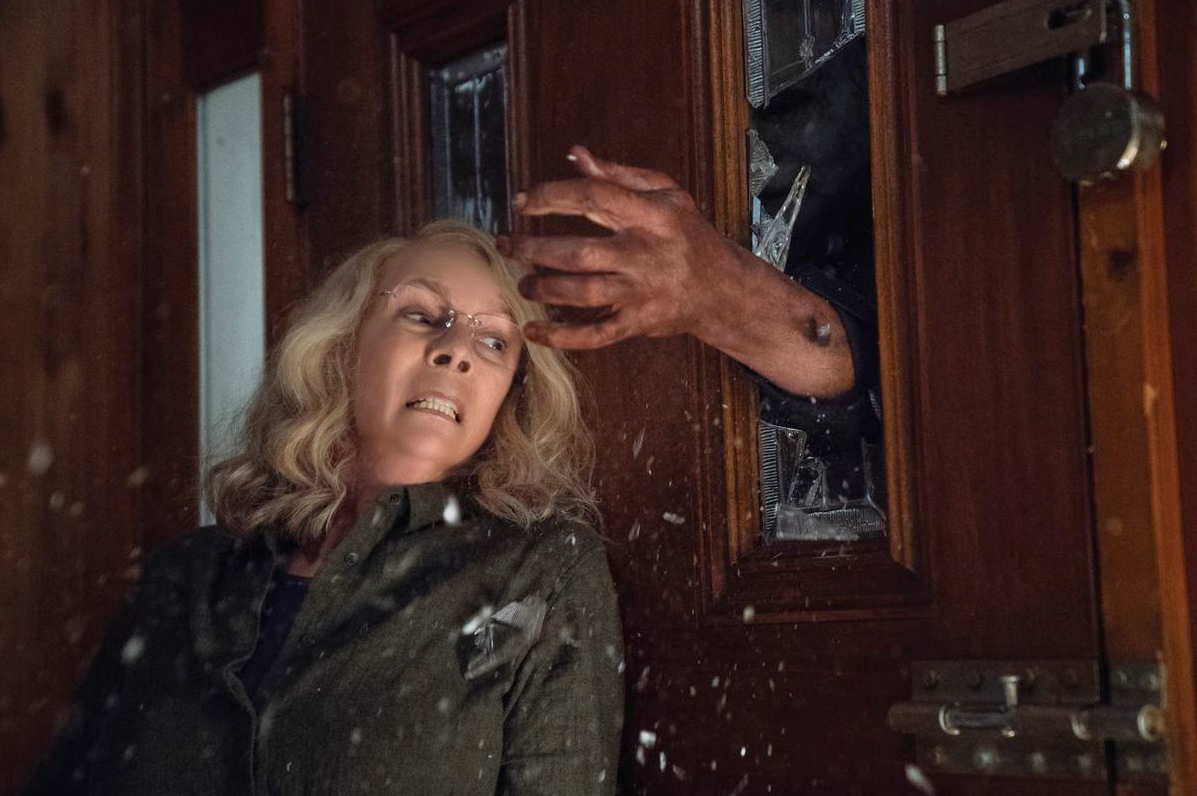
‘Halloween’ (David Gordon Green, 2018)
But the thing about true evil is that there doesn’t even have to be money involved. Death doesn’t need to get paid. In II, 4, 5, 6, H20 and Rob Zombie’s 2007 and 2009 films, Laurie, Jamie and Jamie’s baby are all marked by their familial connections. Halloween protagonists are comforted by non-genetic family – friends, adopted parents and siblings – but doomed by their actual relations. They can’t control who they were born to, but they’re cursed by it, worrying that their brother/uncle will find them or, in some cases, that they will inherit his evil. This is the Shape that haunts me most: the spectre of a hereditary disease that killed my dad, and could come for me some day.
Even those who survive The Shape – like any form of violence or trauma – can be marked for life. In Rob Zombie’s Halloween II (2009) his version of Laurie suffers from intense Michael Myers nightmares. She lives with Annie, whose face is covered in knife scars, but who seems less psychologically damaged. In the director’s cut the two constantly fight, but in the theatrical cut they have a sweet bond as fellow survivors. When Laurie finds out that she’s related to Michael and takes it out on her friend, it separates the two right when they need each other the most. Laurie ends the movie smiling to herself in the sanitorium, and it could be explained as a genetic inheritance, some sort of supernatural transference, or as the result of extreme trauma.
In 6, grown-up Tommy Doyle (now played by Paul Rudd) is still tormented by the memory of Michael Myers. He lives in a boarding house with a deranged woman who claims to have been Michael’s babysitter on the night he killed his sister. In 4, even Laurie’s daughter Jamie, who was not alive during the attacks, has nightmares and visions about The Shape. In 5, having been stalked and arguably possessed by him, she’s lost the ability to speak. In H20, Laurie has tried ‘12 steps, self-help, group therapy, shrinks meditation. Everything.’ Her cabinet is full of pills for dealing with her nightmares, and she’s labelled ‘a functioning alcoholic’ by her son, whom she keeps under lock and key. She constantly imagines Michael in reflections and shadows. Until she decides she can’t run anymore.
When Laurie chases Michael Myers with an axe, to her it’s her brother who killed her friends and ruined her life. But to us it’s also The Shape, and The Shape is the inexplicability of random violence, the inevitability of death, the neglect of civil responsibilities, the failure of institutions, the intrusion of regressive beliefs on our lives, the inescapability of family ties, or traumatic memories. So – just as the character of The Shape is repeatedly resurrected by a succession of rights-holders, filtered through the worldviews of new storytellers, all working towards a more accurate reconstruction of that original mask – any attempt to explain or understand him has failed to demystify him enough to stop him. The forces he represents are forever. As Tommy Doyle says in 6, ‘You can’t control evil. You can lock it up, burn it and bury it, and pray that it dies, but it never will. It just… rests awhile. You can lock your doors, and say your prayers, but the evil is out there… waiting. And maybe, just maybe, it’s closer than you think.’
And yet, doesn’t it feel good that, forty years later, Laurie too has come back from the dead, and we’re still here with her, and we’re not too scared to face him again? Evil is eternal, but so too are its opposing forces. For every Shape there are a whole town of babysitters and doctors and sheriffs and orderlies and responsible gas station attendants, and most of us will get the chance to last a while. If we just try our best to keep the kids safe and answer the door when the neighbours come knocking, maybe we’ll be okay.

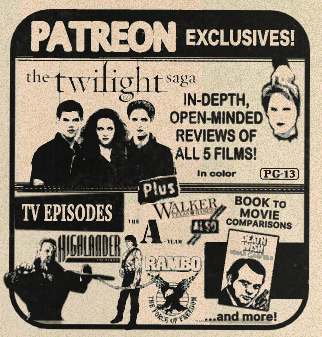
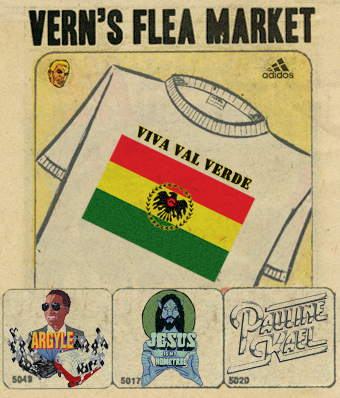
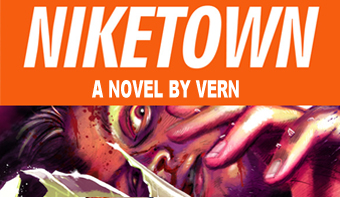
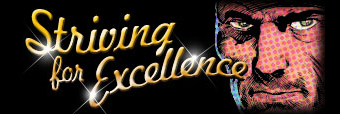
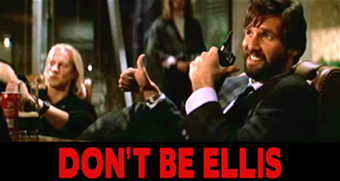

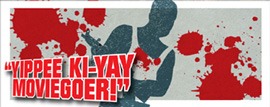








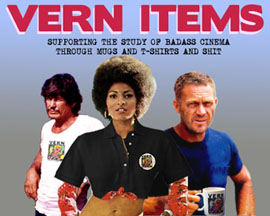
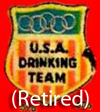
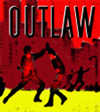






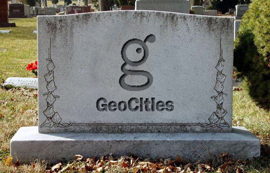
October 29th, 2020 at 9:24 am
Great piece of writing Vern. (It was me that DMd me looking for this piece to show a horror obsessed friend a few weeks back).